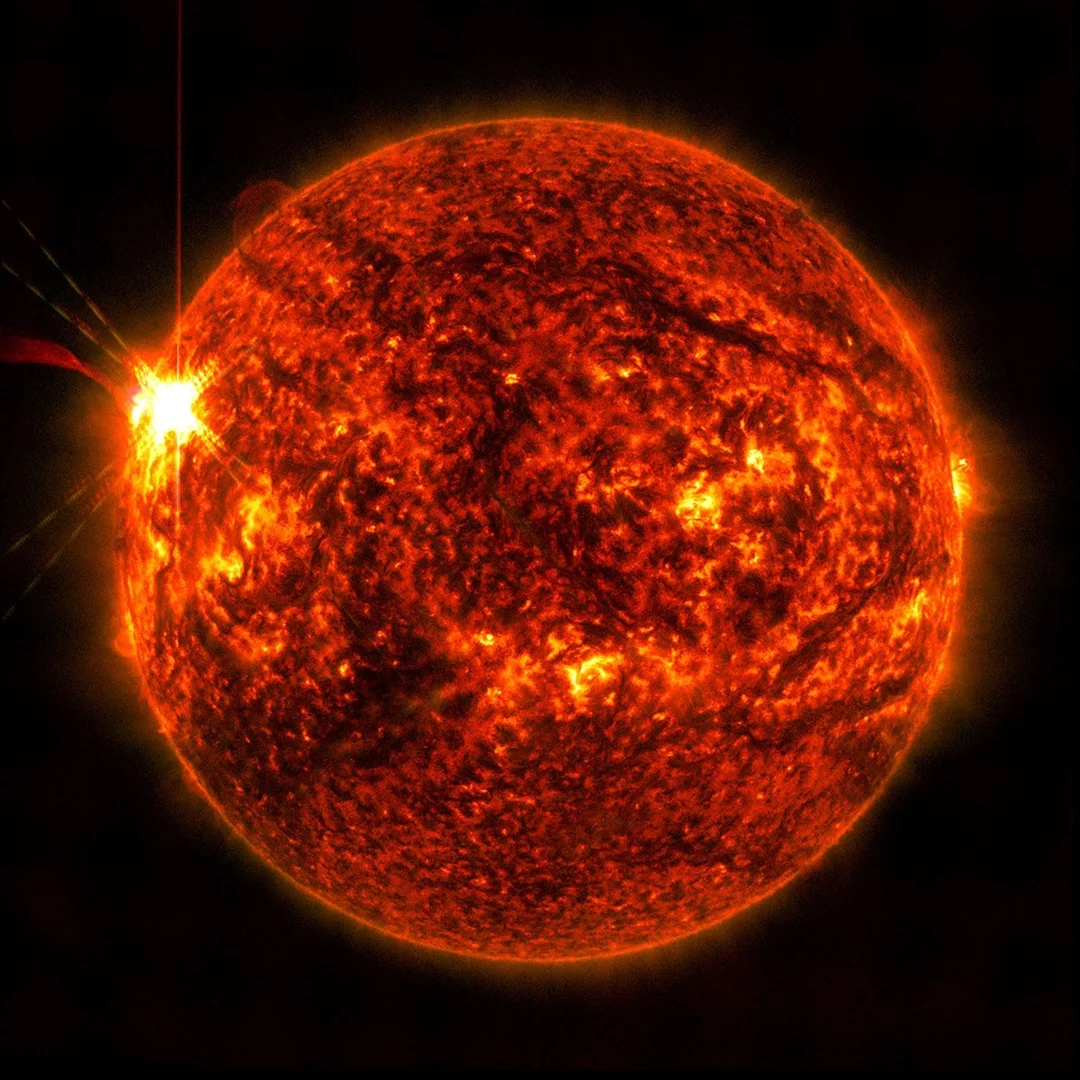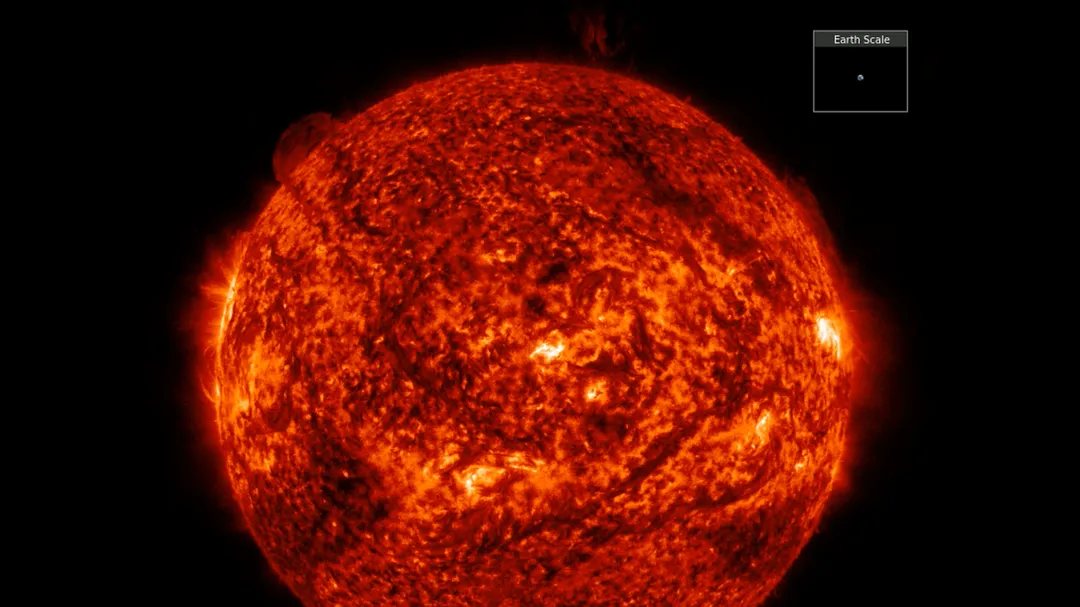
NASA Warns: Intense Solar Flares Could Cause Blackouts on Earth
Get ready for some potential disruptions! NASA has issued warnings about a surge in solar activity, with powerful solar flares capable of causing blackouts and impacting critical infrastructure on Earth. This heightened activity is due to the Sun entering its solar maximum, the peak of its 11-year cycle, making space weather a serious concern.
The Sun's current active region recently unleashed the most powerful eruption of 2025, an X2.7 flare. Captured by NASA’s Solar Dynamics Observatory, this event triggered radio blackouts across parts of the Middle East, disrupting high-frequency radio signals for about 10 minutes, according to the National Oceanic and Atmospheric Administration (NOAA).

NASA has cautioned that ongoing flares and solar eruptions from this region could continue to impact radio communications, electric power grids, navigation signals, and pose risks to spacecraft and astronauts. This is a critical time to monitor space weather conditions and prepare for potential disruptions.
Adding to the drama, a massive solar filament erupted on May 12-13, sending a surge of material across the Sun's northern hemisphere. This filament, stretching nearly 600,000 miles, was described as a "bird-wing" or "angel-wing" event by aurora chaser Vincent Ledvina. While this particular coronal mass ejection (CME) isn't expected to directly hit Earth, it highlights just how active the Sun is right now.

Astronomers are particularly watching sunspot AR4087, which could lead to “supercharged auroras” as it aligns with Earth. The Met Office has noted up to five sunspot regions on the facing side of the Sun, further increasing the potential for significant space weather events.
While these solar events can be concerning, they also bring the possibility of spectacular auroras, also known as the Northern or Southern Lights. However, it's crucial to remember the potential for disruptions to critical infrastructure, emphasizing the need for preparedness and monitoring.
The Sun's activity is dynamic and unpredictable. How do you think governments and industries should prepare for these increased solar events? Share your thoughts and concerns in the comments below!
Related issues news
What is bird wing solar eruption?
New solar phenomenon witnessed NASA 's observation satellites captured this epic moment where the superheated plasma tore away from the sun in sweeping 'wings'. Even though all of this happened at a huge distance away from Earth, astronomers believe that this phenomenon could affect Earth.
Is there a solar storm in 2025?
The sun just spat out the strongest solar flares of 2025 — and more could be headed toward Earth. The sun has released several powerful M- and X-class solar flares over the past few days, resulting in radio blackouts around the world.
Is a solar flare going to hit Earth in 2025?
The X2.7 flare, though at the lower end of the X-class, triggered significant shortwave radio blackouts across five continents. Hours after the X2.7 flare on May 14, 2025, sunspot region AR4087 erupted again with a potent M5.3-class flare. By 7:20 a.m. ET on May 15, it unleashed another, an M7.74-class flare.